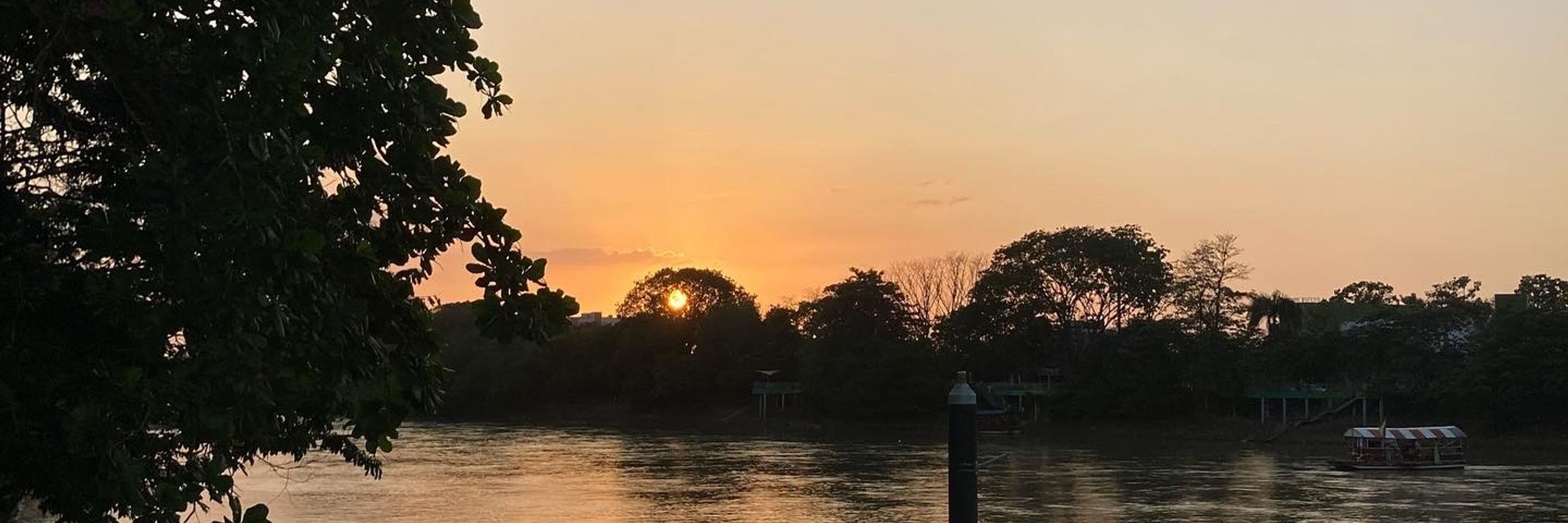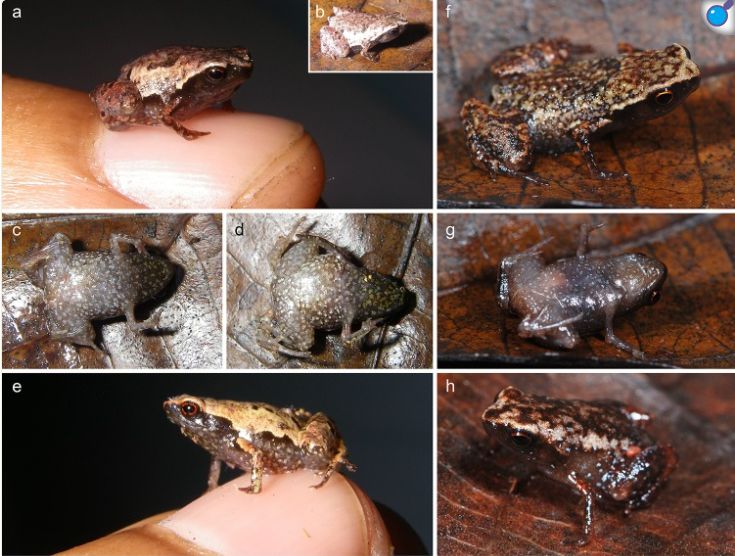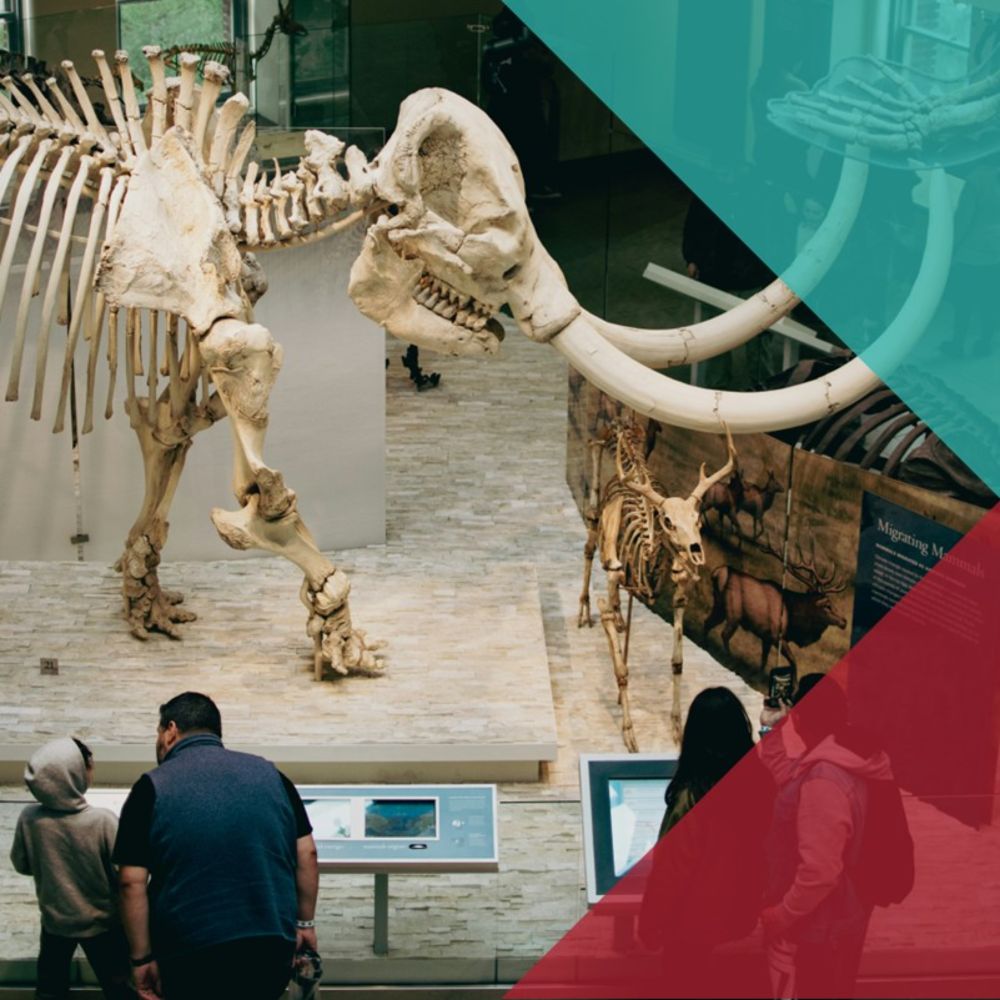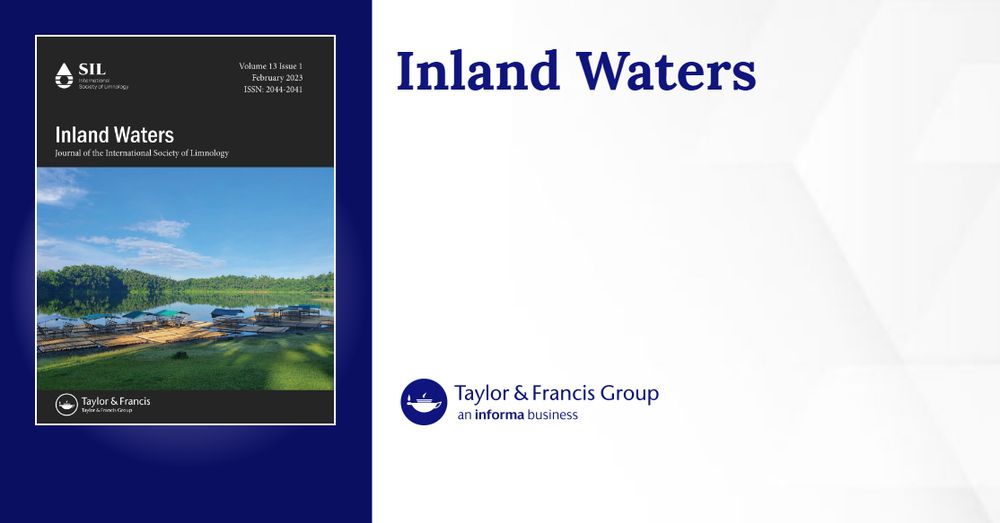Ana Castro-Castellon, DPhil (Oxon)
@acastrocastellon.bsky.social
47 followers
81 following
15 posts
💙 Freshwater pollution, Water quality, Biogeochemistry, Freshwater ecology, Environmental engineering, 💧sci Phytoplankton, Diatoms💚.
Postdoctoral researcher QUANTUM freshwaters. University of Bristol.
Storying the Avon.
ORCID: 0000-0002-9655-3640
Posts
Media
Videos
Starter Packs
Reposted by Ana Castro-Castellon, DPhil (Oxon)
Reposted by Ana Castro-Castellon, DPhil (Oxon)
Margot Finn
@eicathomefinn.bsky.social
· Jan 30
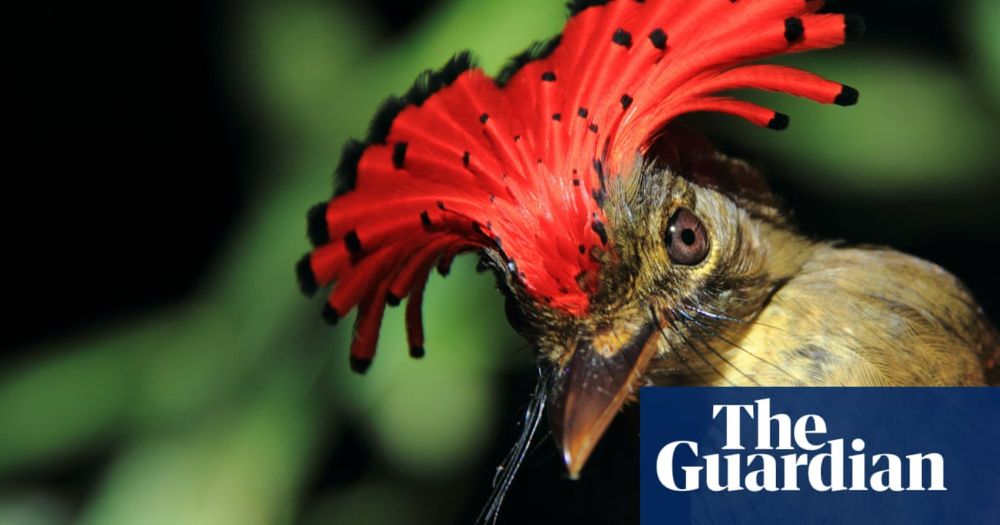
In the most untouched, pristine parts of the Amazon, birds are dying. Scientists may finally know why
Populations have been falling for decades, even in tracts of forest undamaged by humans. Experts have spent two decades trying to understand what is going on
www.theguardian.com
Reposted by Ana Castro-Castellon, DPhil (Oxon)
Pablo Gómez Barreiro
@pagomba.bsky.social
· Feb 19
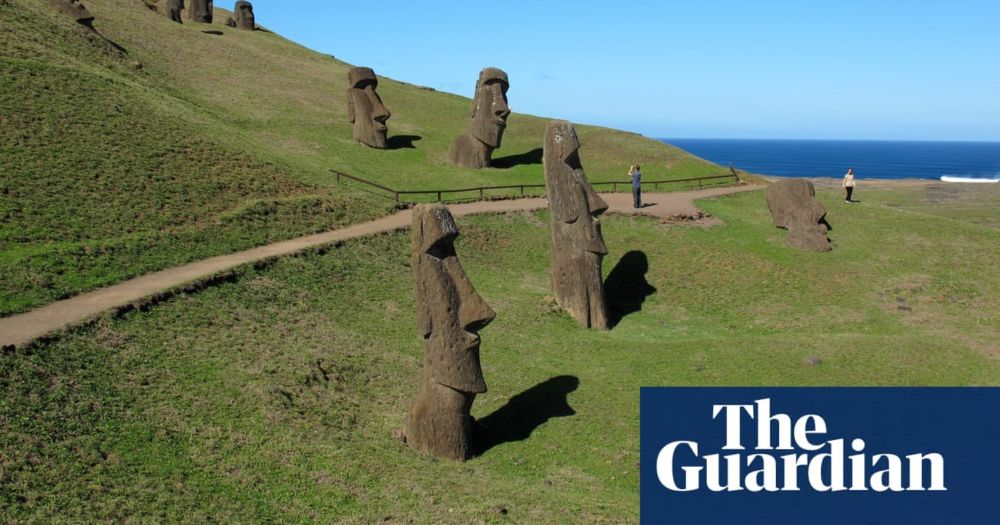
‘The last plant left’: can Rapa Nui’s extinct tree be resurrected?
Seeds from the last toromiro, unique to remote Easter Island, were taken away in the 1960s. Now, after a crucial discovery gave hope for its survival, it is making a return
www.theguardian.com
Reposted by Ana Castro-Castellon, DPhil (Oxon)
Reposted by Ana Castro-Castellon, DPhil (Oxon)
Reposted by Ana Castro-Castellon, DPhil (Oxon)
Frank Burdon
@fburdon.bsky.social
· Dec 16

Linking Neotropical riparian and stream food webs: nocturnal foraging behavior and facilitation among decapods in response to added palm fruit - Hydrobiologia
Freshwater macroinvertebrates can connect tropical forests and stream food webs by consuming both terrestrially and aquatically produced foods, but direct observations of nocturnal feeding behavior in...
link.springer.com
Reposted by Ana Castro-Castellon, DPhil (Oxon)
Reposted by Ana Castro-Castellon, DPhil (Oxon)
Reposted by Ana Castro-Castellon, DPhil (Oxon)
Reposted by Ana Castro-Castellon, DPhil (Oxon)
Reposted by Ana Castro-Castellon, DPhil (Oxon)
Reposted by Ana Castro-Castellon, DPhil (Oxon)
Reposted by Ana Castro-Castellon, DPhil (Oxon)
Reposted by Ana Castro-Castellon, DPhil (Oxon)
Reposted by Ana Castro-Castellon, DPhil (Oxon)
Reposted by Ana Castro-Castellon, DPhil (Oxon)
Reposted by Ana Castro-Castellon, DPhil (Oxon)
